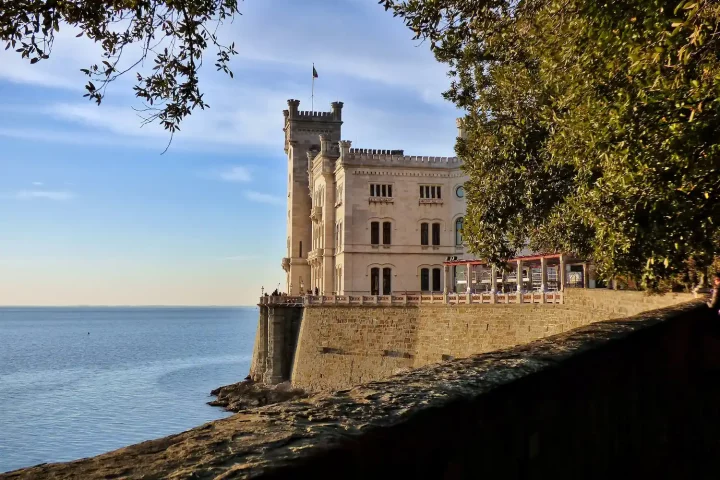Naturalization is the legal process by which a non-citizen acquires the citizenship of a country. In the context of Italian citizenship, naturalization is particularly significant as it can result in the loss of Italian citizenship.
Although Italy has permitted dual citizenship since August 16, 1992, you may not be eligible to apply for Italian citizenship by descent if your ancestor acquired citizenship in another country. Under current Italian law, your Italian ancestor must have held Italian citizenship exclusively at the time of their death in order to pass citizenship on to future generations.
Therefore, proving that your Italian ancestor never naturalized in another country is crucial. Understanding this concept and its implications is the first step in navigating the complex process of obtaining Italian citizenship.
Required documents to prove non-naturalization
To prove that your Italian ancestor never naturalized, you will need to gather specific documents that establish their immigration history and status in their new country. Some of the essential documents include:
- Arrival certificates: These documents record the arrival of your ancestor in their new country and can be obtained from national archives or immigration authorities.
- Census records: Census records can provide valuable information about your ancestor’s residency and citizenship status over the years. These records are typically available from national or local archives.
- Military records: If your ancestor served in the military, their service records can offer insights into their citizenship status. These records can be obtained from military archives or related institutions.
- Naturalization records: If your ancestor naturalized as a citizen of another country, you must provide the municipality in Italy or the Italian consulate abroad that covers your jurisdiction with certified copies of your ancestor’s naturalization records.
- Certificate of non-existence of records: If your ancestor never naturalized in another country, you must apply for this document. It certifies that no naturalization records were found for your ancestor.
In the United States, these documents can be found in various public archives, such as the National Archives and Records Administration (NARA), through which you can obtain Naturalization records.
Additionally, you must request the Certificate of non-existence of records at the USCIS, and ask them to include the aliases used by your ancestor in the document. Specialized databases and online resources can also help you locate and obtain these documents.
Recommended procedures for obtaining documentary proof
Obtaining the necessary documents to prove your Italian ancestor’s non-naturalization requires a systematic approach. Here are some recommended procedures to follow:
- Identify the relevant archives: Determine which archives or institutions hold the records you need. This may include national archives, state archives, local government offices, and military archives.
- Submit formal requests: Contact the relevant archives and submit formal requests for the documents you need. Be prepared to provide specific details about your ancestor, such as their full name, date of birth, and immigration details.
- Utilize online resources: Many archives and institutions offer digital databases and online tools to help you locate and request records. Websites like Ancestry.com, FamilySearch.org, and the NARA’s online catalog can be valuable resources.
- Follow up on requests: After submitting your requests, follow up with the archives to ensure that your requests are being processed. This can help expedite the retrieval of the documents.
By following these procedures, you can efficiently gather the necessary documentation to support your Italian citizenship application.
Take advantage of specialized assistance to secure your passport for a borderless future.
Common difficulties faced in the process
Searching for historical documentation to prove your Italian ancestor’s non-naturalization can be challenging. Some common difficulties include:
- Bureaucracy: Navigating the bureaucratic processes of various archives and institutions can be time-consuming and frustrating. Each institution may have its own procedures and requirements for requesting records.
- Long processing times: Obtaining records from archives can take several weeks or even months, depending on the volume of requests and the complexity of the search.
- Incomplete records: In some cases, records may be incomplete or unavailable due to loss, damage, or other factors. This can complicate the process of proving non-naturalization.
To overcome these challenges, consider using the following strategies:
- Be thorough and patient: Take your time to research and gather as much information as possible about your ancestor before submitting requests. Patience is key when dealing with bureaucratic processes and long wait times.
- Seek professional assistance: If you encounter significant difficulties, consider hiring a professional genealogist or a specialized consultancy like io.citizen. These experts can help you navigate the complexities of the process.
- Use alternative sources: If traditional records are unavailable, explore alternative sources such as family records, church archives, and community organizations. These sources may provide valuable information to support your application.
How companies like io.citizen can assist you in obtaining naturalization records
While it is possible to gather the necessary documentation on your own, there are situations where seeking professional help can be advantageous. Professional services, such as those offered by io.citizen, provide several benefits:
- Expertise in complex processes: Professional consultants have extensive experience with Italian citizenship applications and can guide you through the intricate legal requirements and procedures.
- Access to specialized resources: Professionals have access to specialized databases, tools, and networks that can expedite the process of obtaining records and verifying information.
- Personalized assistance: A professional consultancy can offer personalized support tailored to your specific needs, ensuring that your application is comprehensive and accurate.
In conclusion, proving that your Italian ancestor never naturalized is a crucial step in obtaining Italian citizenship by descent.
When faced with challenges, consider seeking professional assistance to ensure a smooth and efficient process. With careful preparation and the right support, you can achieve your goal of reclaiming your Italian citizenship and enjoying the many benefits it offers.






